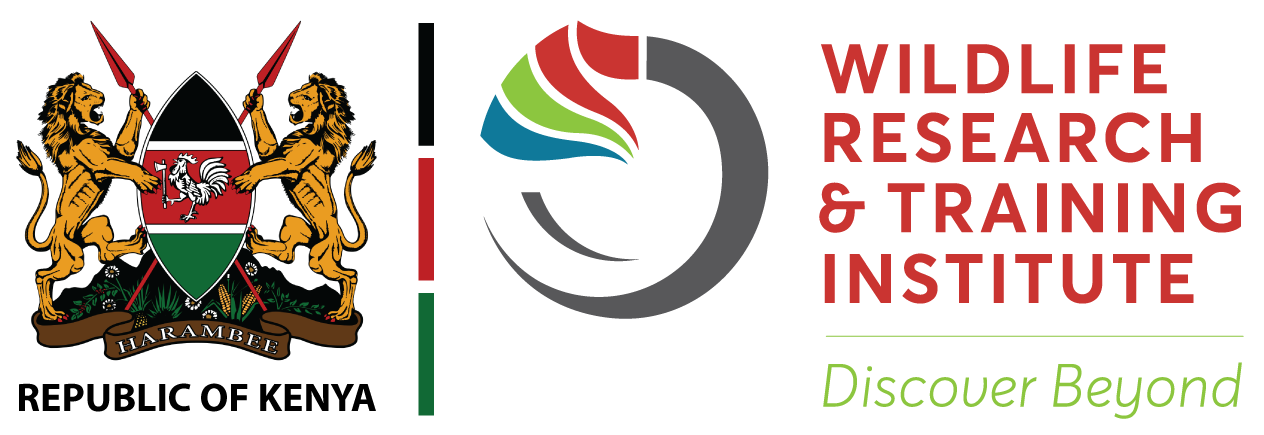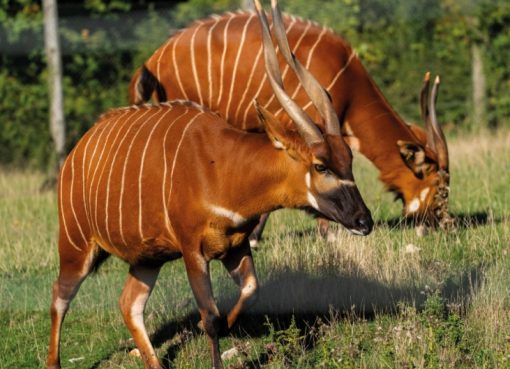The government, through the Wildlife Training and Research Institute (WRTI), has scaled up monitoring systems across game parks in the country to mitigate any loss of wild animals as a result of El Nino rains.
According to the institute director, Dr. Patrick Omondi, the country has not recorded any deaths of wildlife as a result of ongoing rains but has instituted monitoring systems with fears that flooding may affect old, sick, and newborn animals.
Dr. Omondi said that although wild animals usually move to higher ground due to their instinct for natural calamities, the institute researchers have activated monitoring to document the impact of ongoing El Nino rains on wildlife.
Already, the heavy rains that continue to be experienced in various parts of the country have led to the deaths of 46 people, according to data from the Kenya Red Cross after floods in several areas of the country.
Speaking in Naivasha Wildlife Sanctuary, where he led staff in the planting of over 5,000 trees, Dr. Omondi said the institute researchers are studying effective means of controlling and eradicating deadly invasive tree species menaces in game parks and wildlife sanctuaries.
“We have activated the Invasive Species Control Programme within the Naivasha Sanctuary that seeks to root out invasive tree species such as cactus and solanum through mechanical, biological, and chemical means in five years”, said Dr. Omondi.
Consequently, Dr. Omondi said the programme will also be rolled out in other game parks and sanctuaries where invasive tree species are rampant to save the much-needed pastures and habitats for animals.
In addition, he said the institute tree planting exercise at the expansive 1,000-acre sanctuary will open it up to members of the public for hiking, camping, and recreation activities and boost its revenue streams.
According to the institute’s Head of Research, David Ndere, there’s a dire need to accelerate scientific research to save some of the critically endangered wildlife species whose existence continues to be threatened, including zebras, envelopes, and rhino species.
According to data from the National Wildlife Census Report 2021, six wildlife species were flagged as critically endangered, including the Black rhino, Hirola, Tana River Manabey, and roan and sable antelopes.
The report also indicated that the mountain bongo, lion, cheetah, elephant, white rhino, Nubian Giraffe, and Grevy’s zebra are endangered species, with their populations threatened by poaching, climate change, changes in natural habitats, and the illegal bush meat trade.
“We have less than 30 species of roan and sable envelopes in the country and only two Northern white rhinos in the country, and there is an accelerated need to speed up research to save and increase their population,” said Ndere.
In addition, Ndere said the institute researchers, in partnership with other conservation stakeholders, have launched several research interventions on habitat monitoring, increased wildlife diseases, and genetic studies that are geared towards reversing the decreasing wildlife populations in the country.
The remarks come weeks after the just concluded Wildlife Conference in Naivasha, where researchers called for data-driven scientific interventions to address both local and inter-country wildlife concerns and challenges, including poaching, climatic change, shared habitats, and human-wildlife conflicts.
By Erastus Gichohi
Credit: KENYA NEWS

